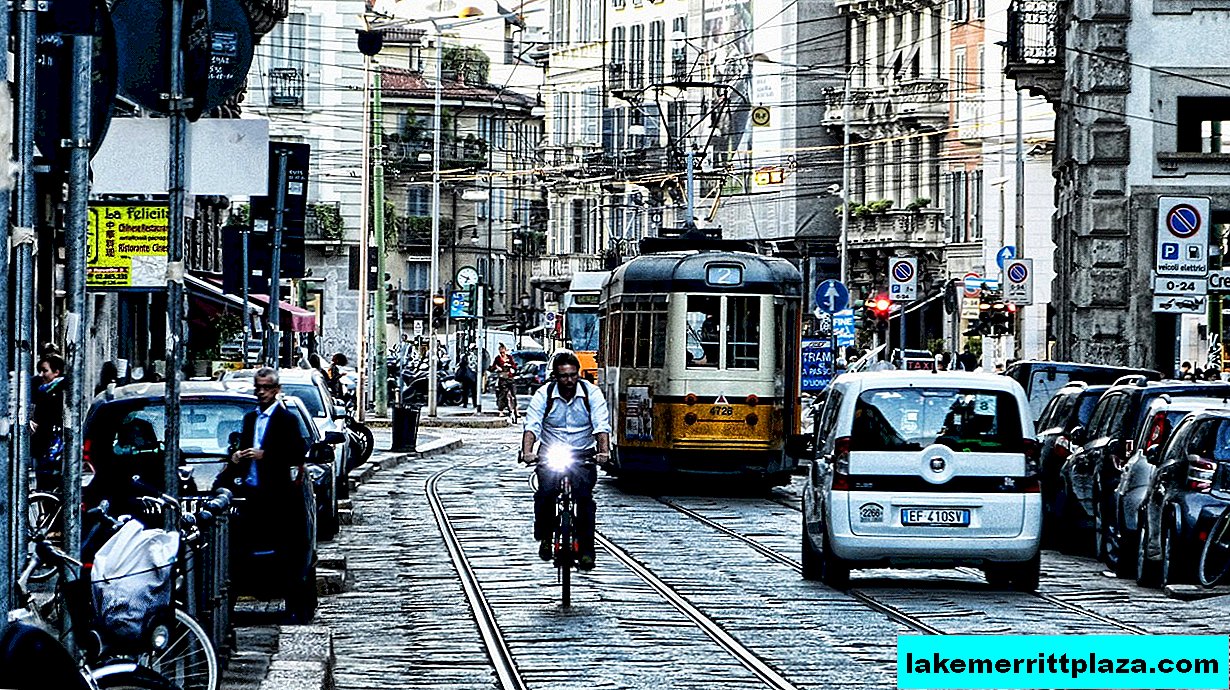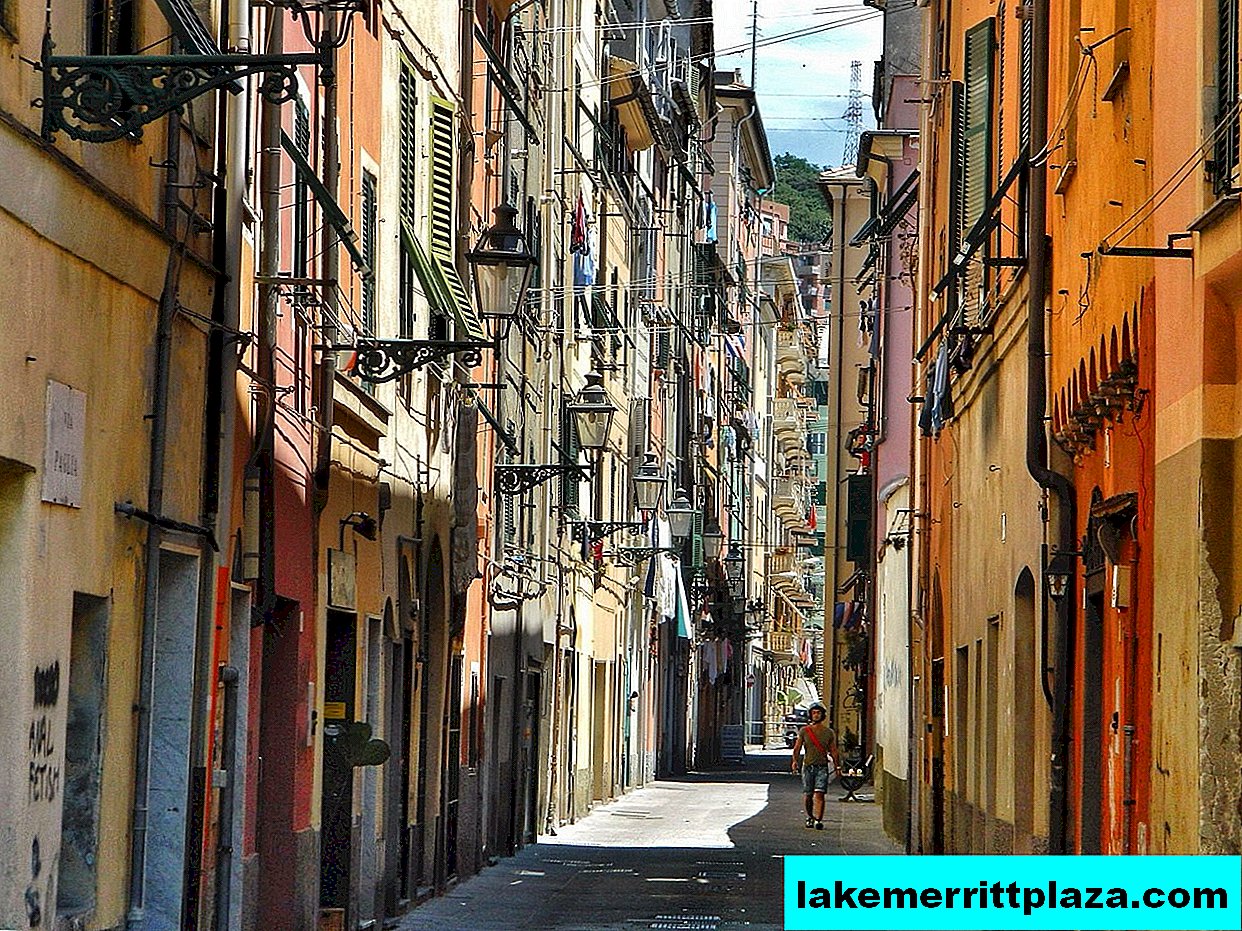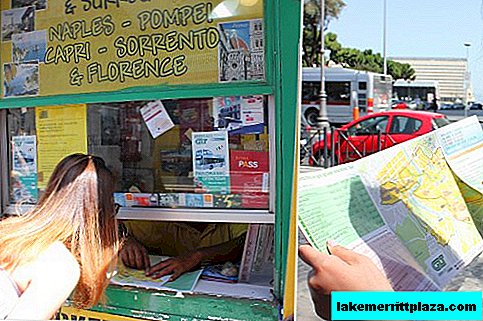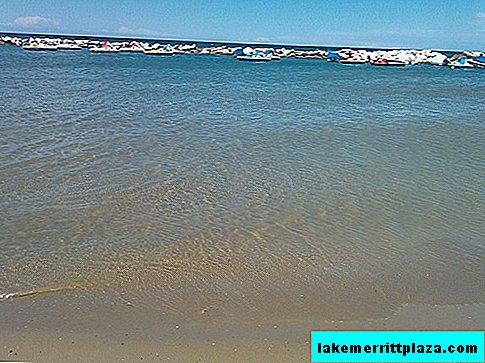“Life, liberty, and the pursuit of happiness.” These words, immortalized in the US Declaration of Independence, remind us that the desire to be happy is almost the most basic task in everyone’s life. Along with the level of GDP, wealth and political freedoms, the level of happiness experienced by the inhabitants of the country must also be taken into account when assessing the state system.
Given this important factor, the United Nations established March 20 as International Day of Happiness, a holiday that celebrated its 7th anniversary this year. And what are the happiest places in Italy? And what exactly factors influence the smiles of Italians? One way to find out is to analyze everything that people in a sunny country write on social networks. In the end, 140 characters are sometimes quite enough to express your emotions.

An analysis of more than 40 million tweets that fall into the popular microblogging service from 110 provinces of Italy showed that in 2018, the city of Genova became the happiest administrative center.
The capital of Liguria (Liguria) is the leader in the list, as about 75.5% of messages sent to Twitter by representatives of this region carry positive emotions.
Cagliari (75.1%) steps on the heels of Genoa. The top ten regions where it lives best are the cities of Parma (fourth place with 72.9%), Bari (Bari) (seventh with 71.7%) and Bologna (71.4%), which last year occupied an honorable second place, and in 2013 was only in ninth.
It is worth noting that almost all the major cities of the country cannot boast of a high "level of happiness." Florence alone (Firenze) took 15th place, gaining 58.2% of positive tweets. Rome came in 21 places (54%), Turin (Torino) in 91 places, Milan (Milano) in 93 positions, and Napoli (96) in total. Thus, we can conclude that the densely populated cities are still are in a state of crisis, a fact that cannot cause a surge of strength and joy.
The most “sad” provinces of Italy in 2013 were Aosta (44%) and Nuoro (45.8%). Also, Venice (48%) and Olbia-Tempio (49.5%), which was badly damaged by the cyclone Cleopatra, fell into the list of not the best regions of the country of wine and sun. As for the regions, Puglia and Emilia-Romagna can be confidently assigned to the places where the happiest and most smiling Italians live, but Lombardy and Veneto are significantly inferior to their competitors - only 53% of them got to Twitter from here “ positive "messages.
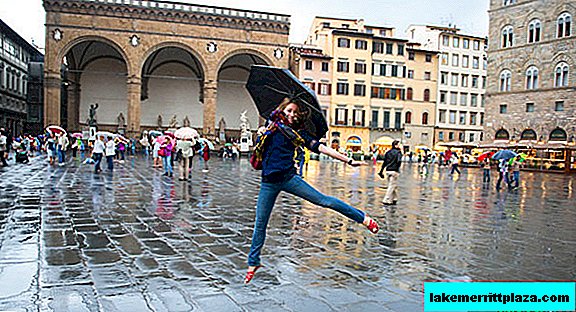
But what nevertheless can make happy the inhabitants of a beautiful country, and what is the reason for their sadness and bad mood? Nothing can please and grieve an Italian like the weather. Last winter, inclement weather became an obvious cause of sadness for local residents (in January and February, 50.2% of Italians were not enthusiastic about weather conditions), but the arrival of spring significantly raised their mood by 17.2%. Therefore, the date chosen by the United Nations for the International Day of Happiness can definitely be justified.
By the way, the most disagreeable day for Italians was expectedly Monday (52.9%). Closer to Friday, the mood of the country's inhabitants improves significantly, and on Saturdays it goes off scale at all.
Holidays bring an additional 1.8% of happiness to Italy, but only if they do not fall on a legal weekend.

Most of the fun and smiles are at Christmas (+ 14%), but Mother's Day also does not go unnoticed (+ 11.1%). In general, the results of the study show an interesting pattern: the farther you dodge north from the southern parts of Italy, the more you notice positively-minded and smiling Italians.


